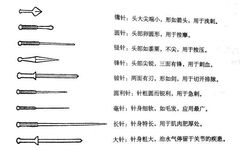Acupuncture therapy is a relatively safe external treatment method suitable for various conditions, often yielding immediate results. As the saying goes, if moxibustion can be used, then acupuncture should not be used; if acupuncture can be used, then medication should not be used. In cases where medication is unnecessary and moxibustion is not suitable, acupuncture treatment is the first choice.
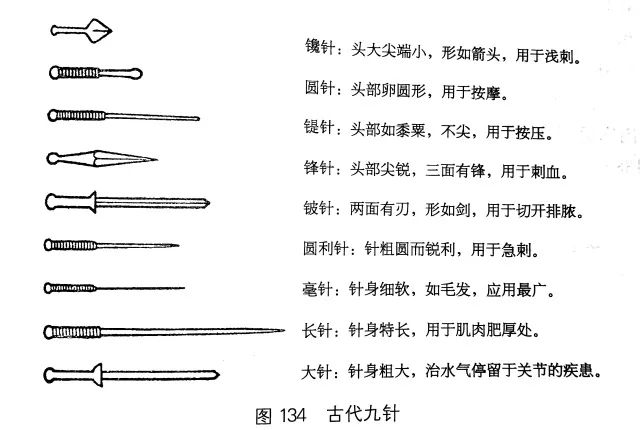
First, let’s get to know the acupuncture needles. The needles referred to here are the mǎo zhēn (fine needles).
The mǎo zhēn (fine needle) is a type of acupuncture needle, one of the nine needles from ancient times, characterized by a sharp tip and a relatively thin body. Generally, any acupoint that can be needled or moxibusted can use the mǎo zhēn for acupuncture, making it the most commonly used in modern clinical practice.
According to the Huangdi Neijing (Yellow Emperor’s Classic of Medicine), Ling Shu, Jiu Zhen Shi Er Yuan: “The seventh is the mǎo zhēn, which is three inches and six tenths long.” In the Huangdi Neijing, Ling Shu, Jiu Zhen Lun: “The mǎo zhēn is modeled after fine hair, one inch and six tenths long. It is used for cold, heat, pain, and obstruction in the collaterals.”
What does a modern mǎo zhēn look like?
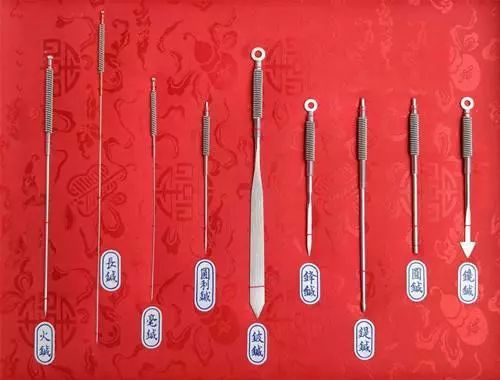
Modern replica▲
Structure of the mǎo zhēn


Actual mǎo zhēn▲
The mǎo zhēn comes in various lengths and thicknesses. The length of the mǎo zhēn ranges from 15 to 150 millimeters, while the diameter ranges from 0.22 to 0.45 millimeters. The choice of mǎo zhēn specifications is mainly determined by the acupuncture site and technique. For example, for needling the Wai Guan (Outer Pass) point, a needle length of 25 millimeters (one inch) is sufficient, while for the Huan Tiao (Jumping Circle) point, a needle length of 75 millimeters (three inches) or longer is required. Generally, the thicker the needle, the stronger the sensation, while the thinner the needle, the weaker the sensation.
How to practice?
After understanding the mǎo zhēn, it’s time to practice the acupuncture techniques. How to practice? It mainly includes three aspects, which are three steps—finger strength practice, technique practice, and practical practice. The effectiveness of the practice is the key to success!
Step 1: Finger Strength Practice

This is mainly used to train finger strength and the basic method of twisting.Specific Method: Use soft paper to fold into a moderately sized pad. Hold the pad flat with the left hand, and with the right hand, hold the needle handle with the thumb, index, and middle fingers as if holding a pen, using a 1-inch or 1.5-inch mǎo zhēn. Position the needle tip vertically against the paper pad, then alternate twisting the needle handle with the thumb and index/middle fingers while gradually applying pressure. Once the needle penetrates the pad, change to another spot and repeat the practice.
Step 2: Technique Practice
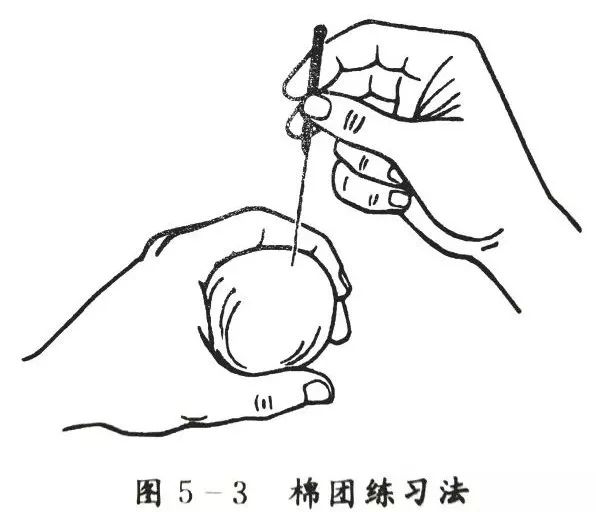
This is mainly used to practice twisting and lifting techniques to achieve coordinated movements, ease of use, and proficiency. Specific Method: Take a cotton ball, wrap it with cotton thread, tightly on the outside and loosely on the inside, to make a moderately sized ball, and sew a layer of white cloth around it for needle practice. This can be used to practice lifting, twisting, inserting, and withdrawing techniques with the mǎo zhēn.Step 3: Practical Practice
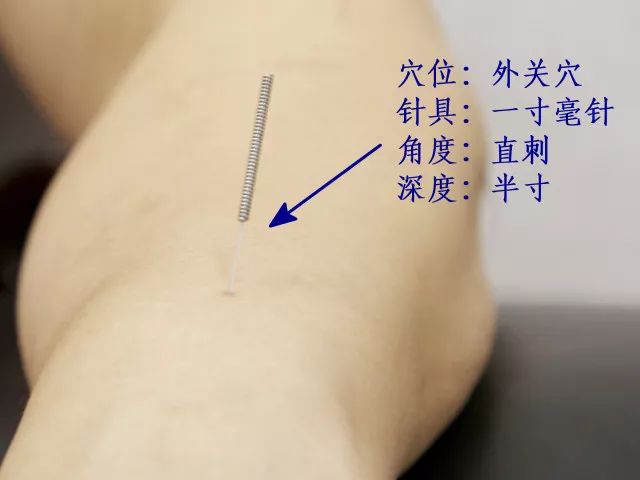
After mastering a certain level of finger strength and technique through the paper pad and cotton ball practice, you can conduct trial acupuncture on yourself to personally experience the strength of your fingers, the sensation of needling, and the technique of guiding the needle. The goal is to gradually achieve painless or minimally painful insertion, with the needle body straight and smoothly inserted, lifting and twisting with ease, even pressure, and proficient technique. Additionally, carefully observe the relationship between finger strength and needle insertion, technique and obtaining qi, as well as the sensations in the fingers holding the needle and the area being needled.
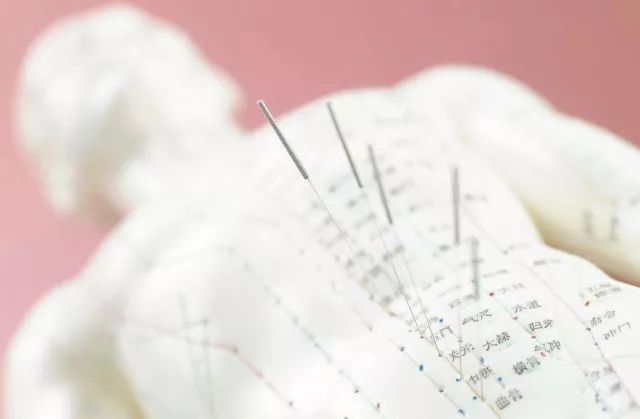
In summary, the three steps are: first practice how to hold the needle and insert it, then master how to twist and lift after insertion. Once you can insert into the paper pad and proficiently master the twisting and lifting techniques, the final step is to practice on a real subject.
Note:All acupuncture methods mentioned in this article are for reference and learning by professional TCM practitioners only, not for prescription purposes. Please do not attempt blindly; this platform does not bear any responsibility for any consequences arising from such attempts!

Follow to view
After following the platform, reply with a number to view the corresponding content
Reply ‘0’ to view: Huangdi Neijing
Reply ‘1’ to view: Jinkui Yaolue
Reply ‘2’ to view: Shanghan Lun
Reply ‘3’ to view: Chinese Herbal Medicine
Reply ‘4’ to view: Formulas in TCM
Reply ‘5’ to view: Wenbing Xue
Reply ‘6’ to view: TCM Pulse Diagnosis
Reply ‘7’ to view: Shennong Bencao Jing
Reply ‘8’ to view: Foundations of TCM
Reply ‘9’ to view: TCM Diagnosis
Reply ’10’ to view: TCM Health Preservation
Reply ’11’ to view: TCM Moxibustion Therapy
Reply ’12’ to view: Moxibustion, Gua Sha, and Massage [Comprehensive Disease Guide]
Reply ’13’ to view: Basics of Tui Na
Reply ’14’ to view: Clinical Tui Na
Reply ’15’ to view: TCM Techniques
Reply ’16’ to view: TCM Meridians and Acupoints
Reply ’17’ to view: TCM Acupuncture
Reply ’18’ to view: Acupoint Inquiry
Reply ’19’ to view: Dong’s Special Acupoints
Reply ’20’ to view: Dong’s Special Acupuncture
Reply ’21’ to view: Ling Shu Acupuncture
Reply ’22’ to view: Ni Haixia’s TCM Acupuncture. I Ching and Heavenly Calendar
Reply ’23’ to view: TCM Internal Medicine
Reply ’24’ to view: TCM Gynecology
Reply ’25’ to view: TCM Pediatrics. Pediatric Tui Na
Reply ’26’ to view: TCM Physiognomy [Palmistry and Face Reading]
Reply ’27’ to view: Systematic Anatomy
Reply ’28’ to view: TCM Practicing Physician
Reply ’29’ to view: Shixue Min’s Acupuncture Series 123
Reply ’30’ to view: Medical Ancient Texts
Click below to read the original text for free online video access

